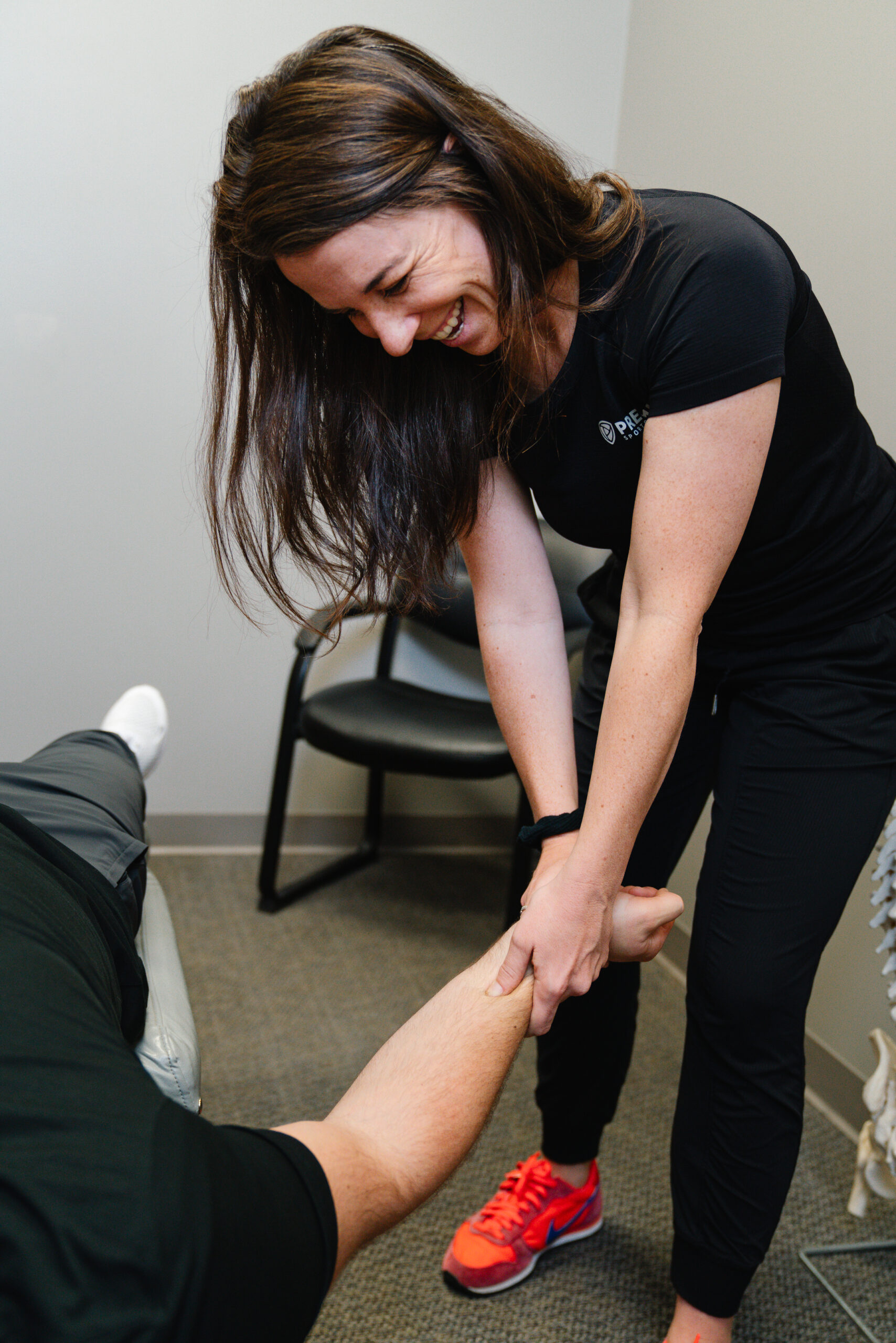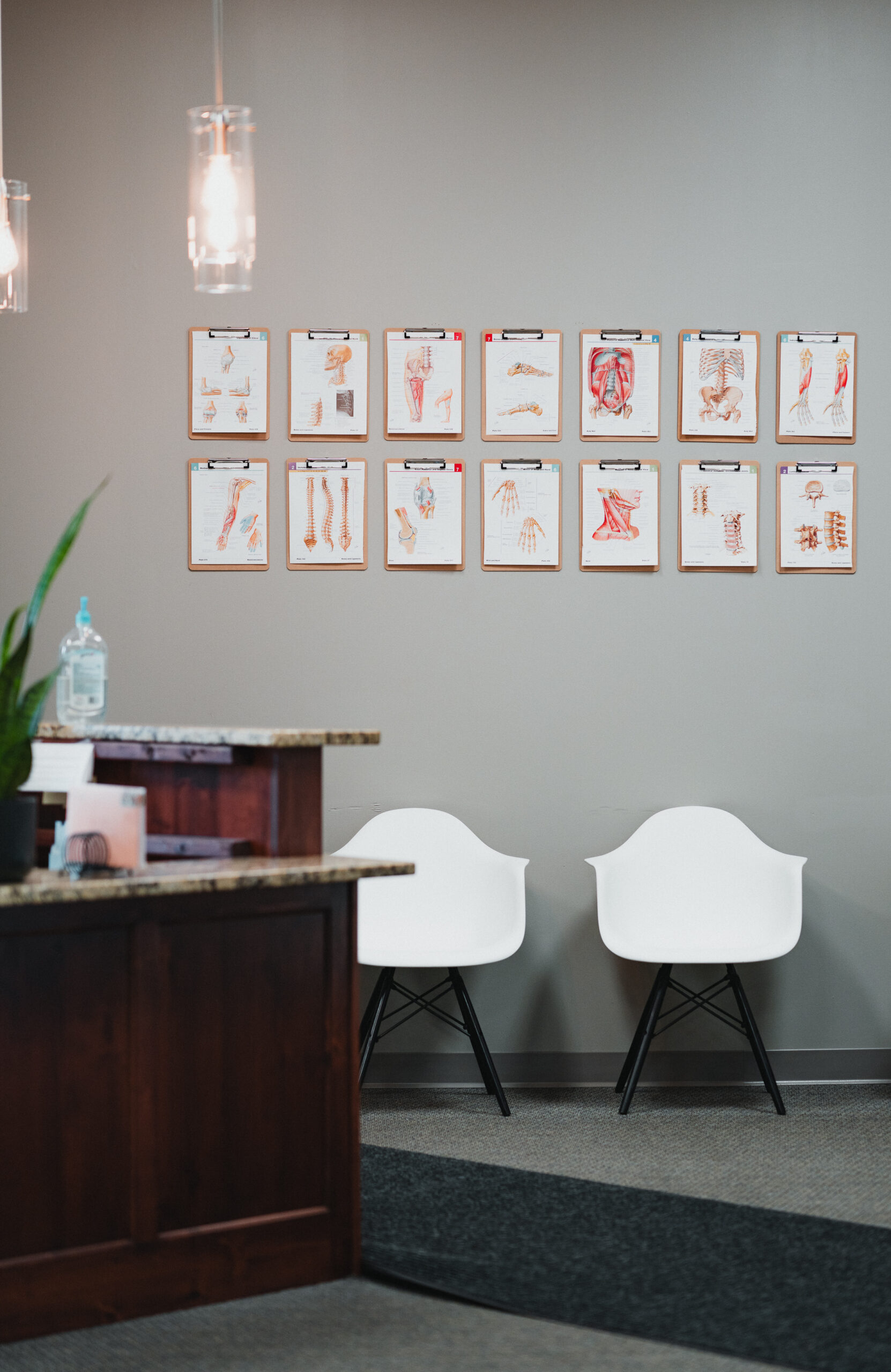conditions we treat
sever’s disease
Sever’s disease is not as scary as it sounds. In fact, it really shouldn’t be called a “disease” and is a common, temporary cause of heel pain in active children and adolescents.
It is also called calcaneal apophysitis and is a painful bone disorder that results from inflammation of the growth center in the heel.
Symptoms of Sever’s disease include:
- Pain and tenderness in the posterior heel, particularly when it is squeezed by footwear
- Swelling and redness
- Pressure around the Achilles tendon
- Limping
Treatments for Sever’s disease include but are not limited to:
- Sports massage
- Active Release Technique (ART)
- Guided stretching
- Footwear evaluation
- Compression sleeves, heel lifts or arch supports
- Rest and ice
MAKE AN APPOINTMENT
Experiencing pain or instability? Get to the root of the problem and book a visit with our Edina sports chiropractors today.
How does Sever’s disease occur?
Sever’s disease most commonly occurs during the approximately two-year period of quickest growth that occurs early in puberty. This growth spurt can start any time between ages 8 and 13 for girls and 10 and 15 for boys.
During this rapid growth phase, bones can grow more quickly than muscles and tendons, causing the muscles to put more tension on the bones and in turn, on the growth centers.
Sever’s disease occurs in young athletes because their rapid growth puts more pressure on the insertion point of the achilles tendon. When growth is combined with frequent strenuous activity, particularly running and jumping, athletes may begin to feel pain from Sever’s.
Sports, especially repetitive running or jumping sports that take place on hard surfaces, are more likely to cause this painful condition. Standing for extended periods of time, which puts constant pressure on the heel, is also an aggravating factor. Poor shoe choices can also exacerbate this condition. Wearing the right shoes can take pressure off of the achilles tendon and reduce the impact from running.
Sever’s is very similar to a more well-known condition, Osgood-Schlatter, which results in anterior knee pain. In both conditions, the growth center is temporarily affected. If the achilles tendon pulls on the back of the heel and causes the apophysis to become inflamed, it is known as Sever’s disease or calcaneal apophysitis. Unfortunately for young athletes, this can result in painful, but temporary, swelling and inflammation.
Sever’s disease occurs in young athletes because their rapid growth puts more pressure on the insertion point of the achilles tendon. When growth is combined with frequent strenuous activity, particularly running and jumping, this can result in Sever’s disease.
How is Sever’s disease treated?
Most athletes who suffer from Sever’s recover within 2 weeks to 2 months. If it is addressed early there is no risk of complications later in life.
There is no cure or treatment for Sever’s that is 100% effective, but the pain can be managed until children grow out of the condition. Because symptoms generally worsen with activity, the main treatment for Sever’s disease is activity modification and ice, which helps to relieve pressure on the calcaneus, decreasing swelling and reducing pain.
Stretching the gastrocnemius and soleus can reduce pressure on the calcaneus and provide relief from the pain. Active Release Technique is useful to lengthen the calves and the Achilles to take pressure off the bone. Various compression sleeves, heel lifts, or arch supports may be useful based on a functional evaluation of the patients movement patterns. Sports massage can also be effective in managing Sever’s.
Rehabilitation to address biomechanical inefficiencies in the foot and lower extremities can prevent the condition from worsening. Ice immediately after activity will help reduce the inflammation in the area.
Recognizing the symptoms early in the condition and allowing for proper activity modification can often prevent the condition from becoming a more serious problem. Sever’s disease can present with similar symptoms as some other heel or foot problems, so it is important to have a young athlete evaluated by a professional.
Get treatment
Still have questions?
If you have questions about whether a sports chiropractic clinic is right for you, give us a call or fill out our contact form.
Frequently asked questions
What can you expect from a visit with the sports chiropractors at Premier Sports & Spine? Read about what a visit entails in our FAQ.


